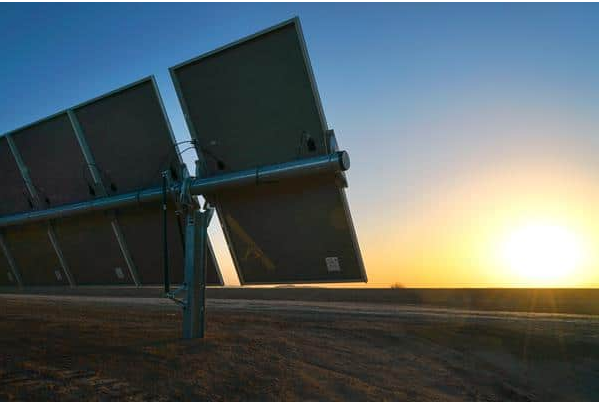US cadmium telluride (CdTe) solar module manufacturer First Solar has announced that its most powerful products — the Series 6 CuRe panels — have achieved what it claims to be the lowest degradation rate in the PV industry.
The company said the panel degradation rate was 0.2% per year and its temperature coefficient -0.28% per degree Celsius. “This unprecedented degradation rate is up to 60% lower than conventional crystalline silicon (c-Si) products, and ensures that the module will retain at least 92% of its original performance at the end of its 30-year warranty,” it explained, without disclosing whether the results were confirmed by an independent entity.
The panel maker specified the module’s increased stability was achieved thanks to its Copper Replacement (CuRe) program, through which it replaced copper with elements from the fifth column of the periodic table (Group V). This group includes elements such as nitrogen, phosphorus, arsenic, antimony, and bismuth.
Copper was removed as it may easily change energy states and diffuse spatially, thus creating a risk of instabilities. The novel doping technology was developed in 2019 in partnership with the US Department of Energy’s National Renewable Energy Laboratory (NREL) and presented in a study published in nature. The NREL said at the time that elements from the fifth column of the periodic table (Group V), such as antimony or arsenic, were placed onto tellurium crystal sites.
“Series 6 CuRe represents innovation in its truest form,” said First Solar CEO Mark Widmar. “From engineering the atoms in the semiconductor to its ability to withstand extreme weather events such as hailstorms, and from the social license that comes built-in to being able to recycle over 90% of each module, this responsibly-produced technology is packed with innovation designed to address many of our customers’ biggest challenges.”
According to the product sheet, the module is available in six wattages from 450 to 480 W and has a power conversion efficiency ranging from 17.9% to 19.0%. It has a size of 2,024×1,245 mm and a weight of up to 34.9 kg. The open-circuit voltage is between 221.7 and 226.0 V and the short-circuit current ranges from 2.66 to 2.67 A. The maximum system voltage for the module is 1,500 V.
The panels can be used with operating temperatures of between -40°C and 85°C. They come with a 30-year linear power output guarantee and a 12-year product guarantee.






